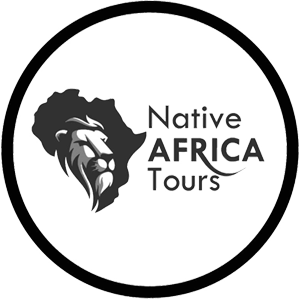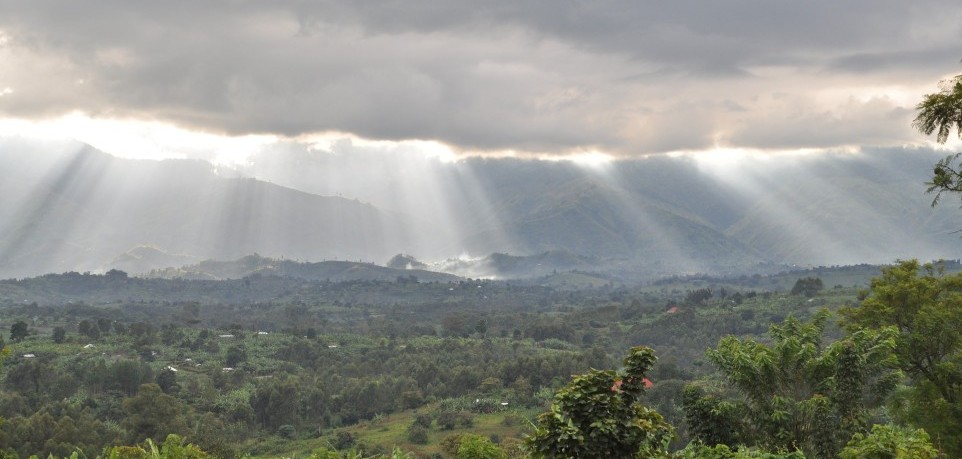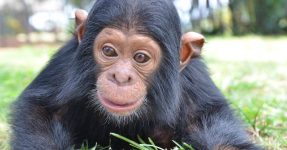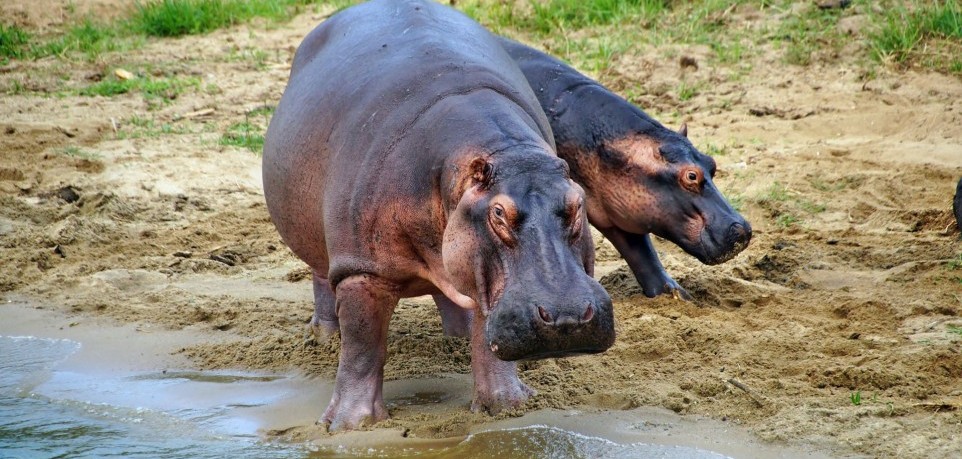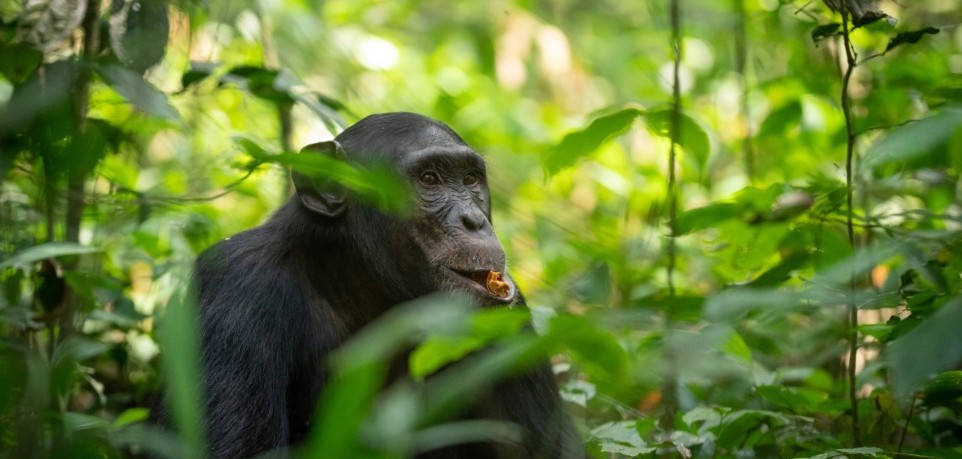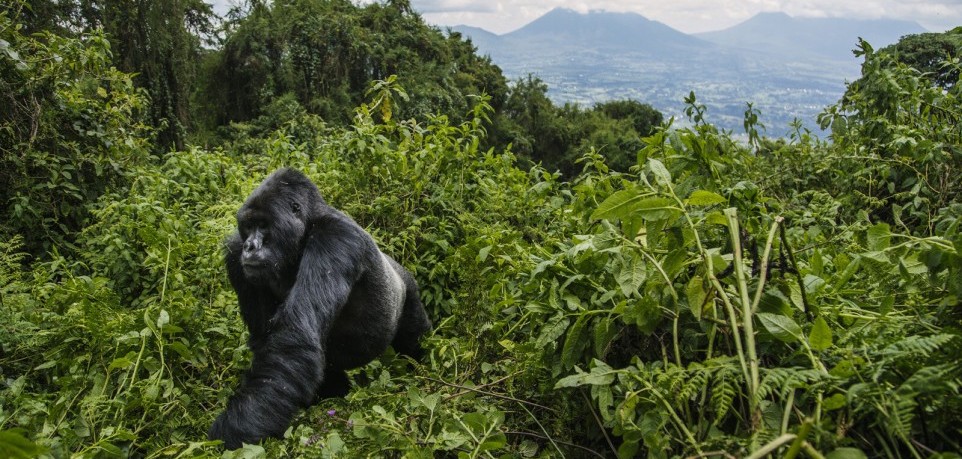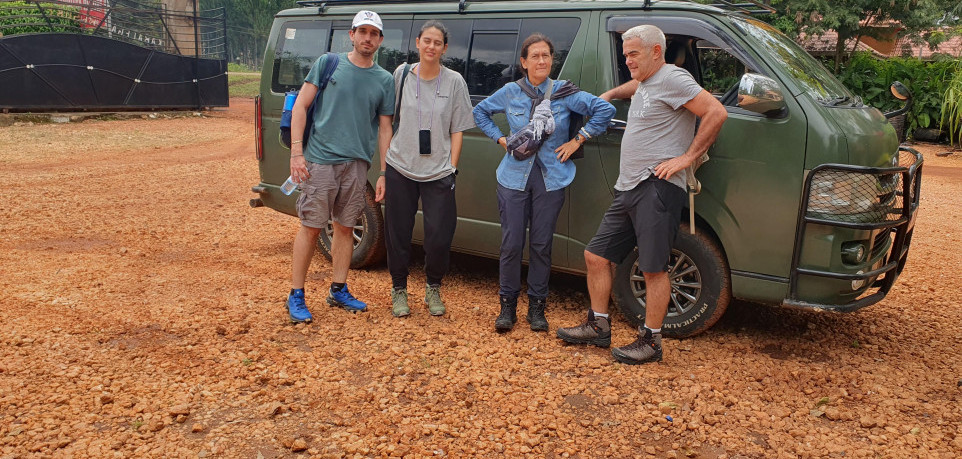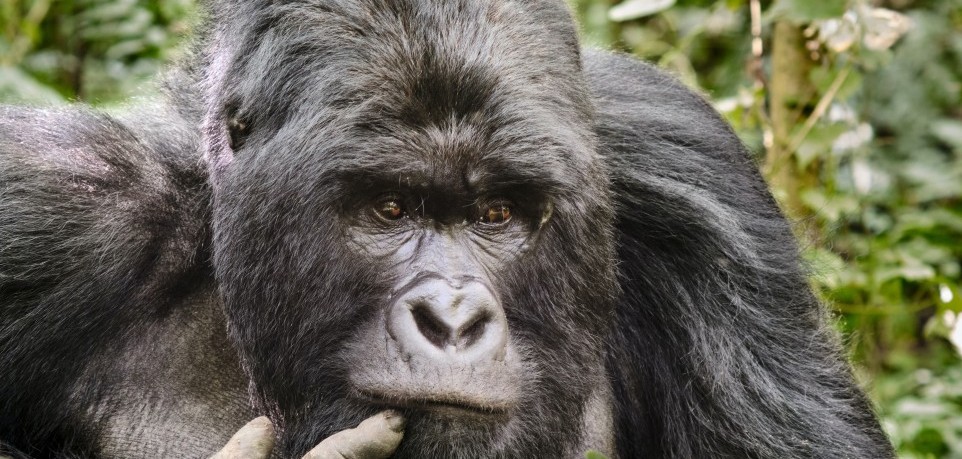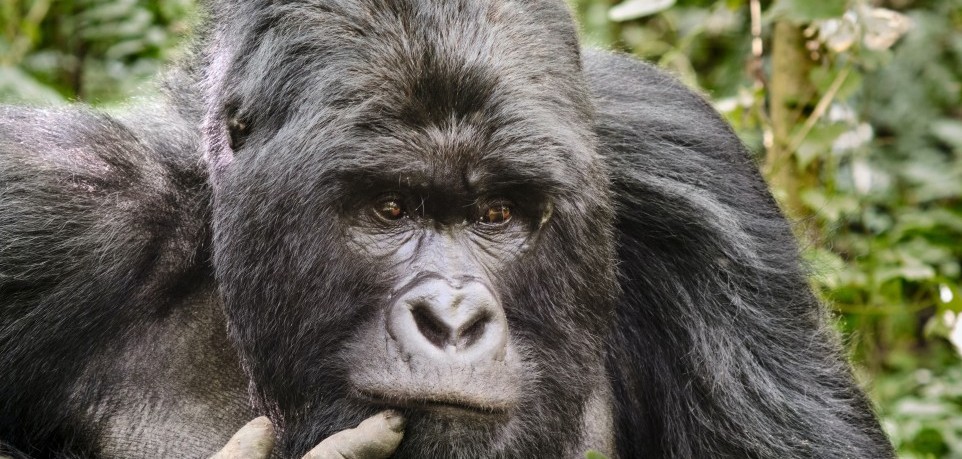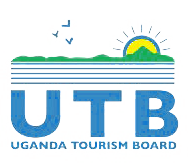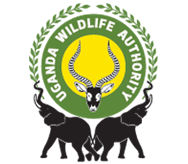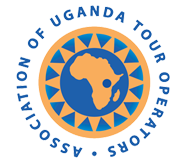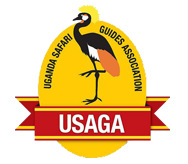Rwenzori Mountains National Park
Hiking the snowcapped Rwenzori Mountains – the major tourist attraction in Rwenzori Mountains National Park. If the idea of hiking through verdant jungle, snowy peaks, and landscapes occupied by extraordinary plants captivates your emotions and senses, then you should consider visiting the spectacular Rwenzori Mountains National Park.
The magnitude and position of Rwenzori Mountains National Park
This stunning Rwenzori mountain is one of the thrilling yet challenging Mountain ranges to climb on Earth and about 99600 hectares of phenomenal verdant vegetation, glacial Lakes, cliffs, Rocky outcrops, snow-capped peaks as well as high glaciers that draw breath, and incredibly magical world unto which visitors can escape after long and hectic work schedules. Situated in the southwest of the country and boasting a height of 16,761 feet above sea level, the Rwenzori Mountains don’t match the towering mountains in other parts of the world.
History of Rwenzori Mountains National Park
This exceptional Protected Area was first founded as a National Park in 1991 and then designated a UNESCO World Heritage Site in 1994, owing to its remarkable natural beauty. However, constant rebel activities between 1997 and June 2001 affected the Park’s activities and it is from here that it was added to the UNESCO List of World Heritage in Danger from 1999 to 2004.
Tourist Attractions in Rwenzori Mountains National Park
Flora
The beautiful climate and altitude of the Rwenzori Mountains are responsible for the dramatic flora species that include abundant lobelia, and heather that extend across the valleys, and interestingly, the vegetation largely depends on the altitude. You will find Afro-montane vegetation from 5,790 to 8,530 feet above sea level, the bamboo zone between 8530 and 9842 feet above sea level, the heather zone from 9842 to 12467 feet above sea level, the Moorland from 12,467 to 14,763 feet above sea level as well as a rocky glacier from 14763 feet onwards.
Wildlife
The different vegetation zones on the Rwenzori Mountains protect about 70 mammal species that include bush pigs, duikers, Southern tree hyraxes, Angolan colobus monkeys, black and white colobus monkeys, giant forest hogs, red-tailed monkeys, L’Hoests monkeys, African forest elephants, Eastern chimpanzees, Rwenzori Otter, bushbucks, leopards, blue monkeys and so much more. Of the reptile species in this Park, the most outstanding are the three-horned chameleons that are only found here and nowhere else.
Bird species
This 996-square-kilometer park shelters about 217 species of birds that comprise about 20 Albertine Rift endemics as well as the ones that are endemic to the Rwenzori Mountains. The Park is one of the most Important Birding Areas of Uganda with strange weavers, Black eagles, white-starred Robins, Cinnamon-chested bee-eater, Slender-billed starlings, Golden-winged sunbirds, Montane Sooty Boubou, lammergeiers, the Barred long-tailed Cuckoo, long-eared owls, handsome francolin, Rwenzori Turaco, long-eared owls, Archer’s robin chat, Illadopsis, Rwenzori batis, Blue-headed sunbirds, to mention but a few.
Jaw-dropping landscapes and Sceneries
One thing that you will surely enjoy and not be disappointed with in Rwenzori Mountains National Park is its jaw-dropping landscapes and sceneries in the form of beautiful waterfalls, glaciers, rivers, lakes, and different vegetation types as well as snow-capped peaks.
Culture of the people
The Bakonzo are the main tribe occupying the slopes of Rwenzori Mountains and this has interestingly been for the past 300 years. These people live some of the simplest lifestyles without running water as well as electricity and tours of Mihunga Village uncover their riveting ways of life as well as appreciate how they have adapted to staying in some difficult-to-inhabit places such as the steep hillside of the Rwenzori foothills.
Tourist activities done in Rwenzori Mountains National Park
Mountain climbing
Mountain climbers to Rwenzori Mountains National Park are offered two options, climbing to the high elevations and the low elevations. The latter normally doesn’t go beyond 13,123 feet, lasting 2-4 days while the high elevation treks normally go beyond 13,123 feet for four to twelve days to complete.
Popular trekking trails include the Kilembe trail that passes through the southern slopes of the Rwenzori Mountains, the iconic Nyamwamba Valley as well and beautiful glacial Lakes before linking to Lake Kitandara. Climbers can also try out the Central Circuit trail taking 7-9 days to complete and begins from the Mihunga Trailhead then ascends the jaw-dropping Bujuku Valley via Nyabitaba until the Margherita peak.
Guided walks
Travelers to the spectacular Rwenzori Mountains National Park can also opt for guided nature walks, especially through the lower slopes where different animal species, birds, butterflies, and tree species are identified by the expert Ranger guide. Several trails make nature walks possible and these include trails to the stunning Lake Mahoma and Buraro Chimp Forest through local communities up to the Karangura ridge or trails that pass through Bwamba to the Bundibugyo area.
While on these trails, look up the tree canopies and down the ground for the colorful bird species, animals especially primates, chameleons, forest elephants as well as butterfly species among others.
Birding tours
Thanks to the 217 bird species within Rwenzori Mountains National Park, birding tours are undertaken all year round with sights and sounds of Archer’s robin chat, Black eagles, bearded vultures, barbets, bee-eaters, barred long-tailed Cuckoo, Cinnamon-chested bee-eater, handsome francolin, long-eared owls, Montane Sooty Boubou, Rwenzori batis, swifts, strange weavers and sunbirds among others.
Village or community walks
There is no better way to learn about the Bakonzo people on the slopes of the Rwenzori Mountains than undertaking a village or community walk where you will get the rare opportunity to visit the homesteads of these aboriginal people, learn their culture, taste their food, and be entertained in their cultural dances. Popular tours lead to the Rwenzori Turaco view campsite in Mihunga village, Ruboni Community Camp as well as the undertaking of the Bulemba-Ihandiro Cultural Trail.
Accommodation options for Rwenzori Mountains National Park
Climbers of the Rwenzori Mountains are offered accommodation in the form of Huts of Camps on the upper slopes such as Samilira Camp, Margherita Camp, Kalalama, Kiharo, Butawu Camp, Mutinda, Bugata, and Sine Camps among others while there are also places to stay while at the base of the Mountains that include Hotel Margherita, Rwenzori Trekkers Hostel, Ruboni Turaco View Camp, Ruboni Community Camp, Sandton Hotel within Kasese, Equator Snow lodge, Rwenzori Mountains Safari Lodge, Mbunga Community Campsite, Trekkers Hostel, to mention but a few.
When to explore Rwenzori Mountains National Park?
It is interestingly possible to explore Rwenzori Mountains National Park throughout the year because snow, sunshine, ice, mud, and fog can be experienced at any time of the year regardless of season. Nonetheless, the dry season-June to September and again December to early March experiences lower downpours thus most travelers to the park prefer this season. The wet season means more downpours down the slopes thus travelers should expect muddy and slippery trails.
Getting to the iconic Rwenzori Mountains National Park
Kasese is the nearest town to Rwenzori Mountains National Park and can be accessed either by air or road;
Air
Flights from Entebbe International Airport or Kajansi Airstrip to Kasese and Mweya Airstrips are organized daily and take about one hour. Afterward, travelers continue to the base of the Rwenzori Mountains by road.
By Road
Kasese town is about six to ten hours’ drive from Kampala city, depending on the route, and is provided in the form of private or public transport.
